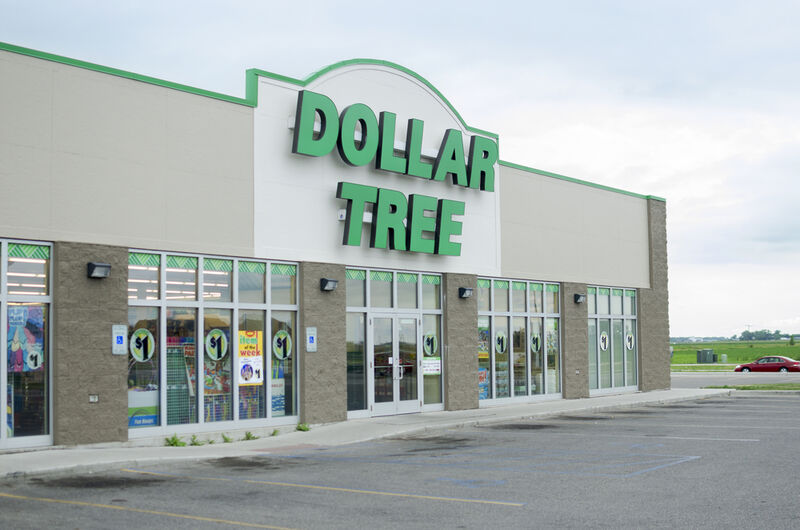
Dollar Tree Increases its Prices to $1.25 in the Face of Inflation
Grace Mahas — November 26, 2021 — Business
References: huffpost
Dollar Tree, the discount retail chain, recently announced that many of its products will increase in price for the traditional $1.00 to $1.25. The move comes in the wake of the steadily increasing cost of goods while also allowing the brand to offset increased operating costs like wages. Following the announcement, the company's stock increased 9.2%.
“[Dollar Tree] believes this is the appropriate time to shift away from the constraints of the $1.00 price point in order to continue offering extreme value to customers,” the company said in a statement. Michael Witynski, the CEO of Dollar Tree, adds to the statement, '[Customers] know that Dollar Tree hasn’t raised its price in 35 years, so they’re giving us credit.”
“[Dollar Tree] believes this is the appropriate time to shift away from the constraints of the $1.00 price point in order to continue offering extreme value to customers,” the company said in a statement. Michael Witynski, the CEO of Dollar Tree, adds to the statement, '[Customers] know that Dollar Tree hasn’t raised its price in 35 years, so they’re giving us credit.”
Trend Themes
1. Shift to Tiered Pricing - With discount stores like Dollar Tree shifting away from $1.00 price point, a shift to tiered pricing models could emerge, presenting opportunities for businesses to offer more pricing options and cater to customers' varying budgets.
2. Rising Operating Costs - Increased operating costs like wages could continue to drive up prices at discount stores, leading to a need for more efficient processes and cost-cutting measures in the retail industry.
3. Consumer Sentiment Towards Value - As discount stores raise prices, consumer perception of value will shift, presenting a need for companies to focus on proving value to customers beyond just low prices.
Industry Implications
1. Discount Retail - Discount retailers may need to innovate their business models to offset rising operating costs while continuing to offer competitive prices and value to customers.
2. Consumer Goods - As the cost of goods increases, companies in the consumer goods industry may need to find ways to minimize the impact on consumers while still maintaining profitability.
3. Automation Technology - The need for more efficient processes and cost-cutting measures in the retail industry could drive demand for automation technology that can help increase productivity while reducing operating costs.
1.4
Score
Popularity
Activity
Freshness























